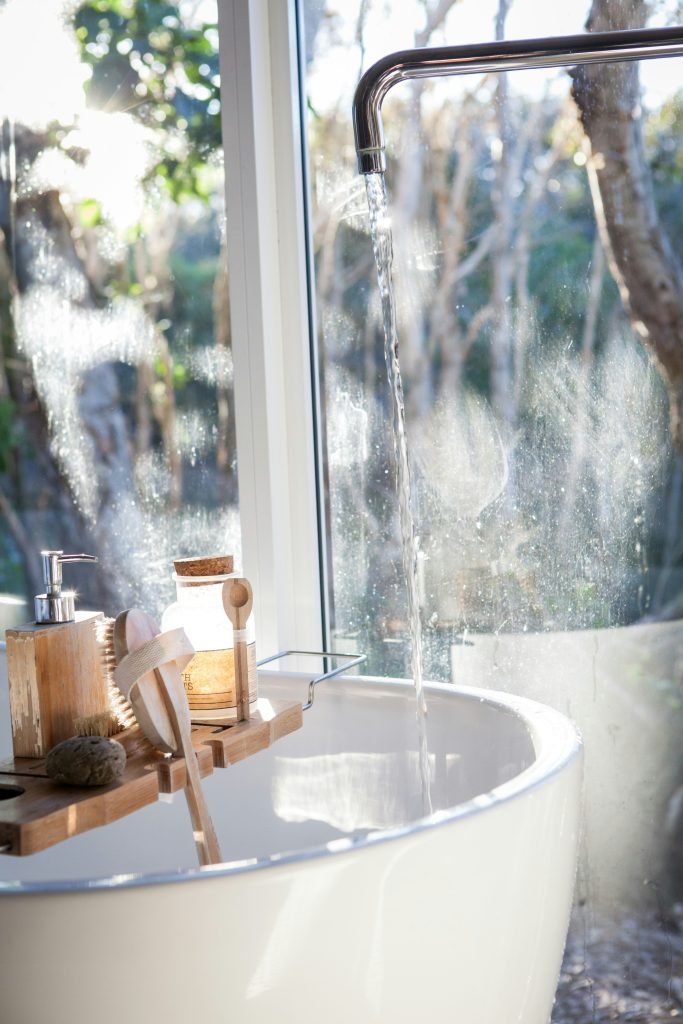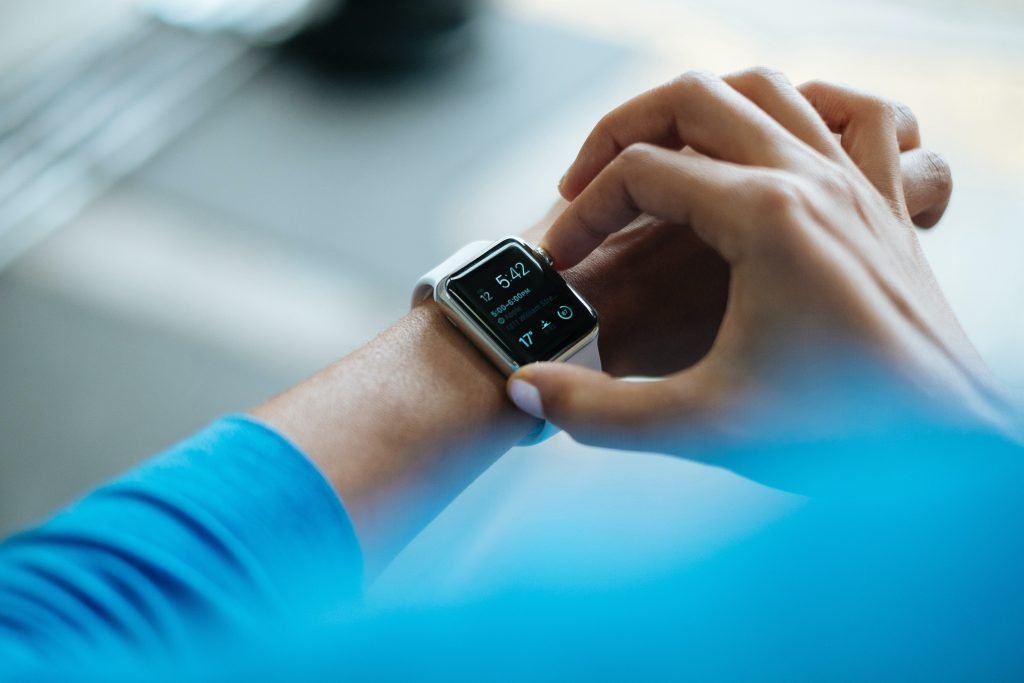Have you ever wondered how to keep your hardwood floors looking pristine? Maintaining hardwood floors can seem daunting, but with the right information, you can easily manage it. Let’s break down the essential steps to care for your precious flooring, ensuring they last for years to come.

This image is property of images.unsplash.com.
Understanding Hardwood Floors
Before diving into maintenance tips, let’s start with a brief understanding of hardwood floors. They are not just beautiful; they add warmth and value to your home. Usually made from solid wood or engineered wood, they require specific care to preserve their appearance and functionality.
Types of Hardwood Floors
You might be surprised to learn there are two main types of hardwood floors: solid hardwood and engineered hardwood.
- Solid Hardwood: Made from a single piece of timber, they can be sanded and refinished multiple times.
- Engineered Hardwood: Constructed with layers, it offers better resistance to moisture than solid wood.
Knowing the type of hardwood floor you have will help you choose the right maintenance methods.
Daily Maintenance Tips
Keeping your hardwood floors looking their best doesn’t require a lot of time or effort if you establish a daily routine.
Sweeping and Dusting
Regularly sweeping or dusting your floors is crucial. Debris can scratch the surface, leading to damage over time. Use a microfiber mop or a soft broom to trap dirt without causing harm.
Mopping with Care
When mopping, it’s essential to use the right technique. Avoid soaking your floors with water. Instead, lightly dampen a mop with a hardwood-safe cleaner. Too much water can warp wood and lead to permanent damage.
| Tips for Mopping |
|---|
| Use a damp (not wet) mop |
| Choose a hardwood-safe cleaner |
| Mop in the direction of the grain |
| Dry the floor quickly |

This image is property of images.unsplash.com.
Weekly Maintenance
A little extra care each week can go a long way in maintaining your hardwood floors.
Vacuuming
Invest in a vacuum cleaner designed for hardwood floors. This will help you remove dust and debris without scratching the surface. Make sure to use the bare floor setting or a vacuum head specifically made for such floors.
Spot Cleaning
If you spill something, clean it immediately to prevent staining. Use a soft cloth to gently wipe up the mess. For tougher stains, a mixture of water and a few drops of mild dish soap can work wonders.
Monthly Maintenance
As you settle into a routine, consider implementing a monthly maintenance check.
Inspecting for Damage
Take the time to closely inspect your floors each month. Look for scratches, dents, or signs of wear. If you notice any issues, you can address them promptly to avoid further damage.
Polishing
Polish your hardwood floors once a month to give them a lovely shine and add a protective layer against scratches. There are many products available; just ensure they are suitable for your specific type of flooring.

This image is property of images.unsplash.com.
Seasonal Maintenance
Your hardwood floors may require different care depending on the season. Let’s break down some tips for seasonal maintenance.
Winter Care
In the winter, the increased use of heating systems can lead to dry air, which may affect your hardwood floors.
- Use Humidifiers: Maintain humidity levels between 30-50% to help prevent crowns and gaps in your flooring.
- Place Mats: Use mats at entrances to catch snow and salt, which can damage your floors.
Summer Care
In summer, humidity can rise, potentially causing the wood to swell.
- Air Conditioning: Run your air conditioning to keep the home environment stable.
- Close Blinds: Protect your floors from direct sunlight, which can fade the wood over time.
Signs Your Floors Need Professional Help
Sometimes, the damage is beyond what you can handle on your own. It’s essential to know when it’s time to call in the professionals.
Deep Scratches and Dents
If you notice deep scratches or dents that affect the integrity of the wood, a professional refinishing might be necessary.
Water Damage
If your floors have been exposed to excessive water, such as a flood, they may warp, discolor, or develop mold. In these cases, consult a professional immediately.
A Dull Appearance
If polishing no longer gives your floors a shine, it may indicate that they need refinishing. A professional can sand down the old finish and apply a new one, restoring your floor’s beauty.
How to Prevent Common Issues
Taking a proactive approach can help in preventing common problems associated with hardwood floors.
Furniture Pads
Attach pads to the bottom of furniture legs to prevent scratches. These simple pads can make a significant difference in long-term floor maintenance.
Avoid High Heels
High heels can cause dents and scratches on hardwood floors. Encourage guests to remove shoes or provide soft slippers for them.
Regular Routine
Incorporate your floor care into your cleaning routine. By consistently maintaining your hardwood floors, you can prevent build-up and long-term damage.
Choosing the Right Cleaning Products
Using the right cleaning products is critical to maintaining your floors.
Hardwood-Safe Cleaners
Look for cleaners specifically designed for hardwood floors. Avoid harsh chemicals like bleach or ammonia, which can strip the finish and damage the wood.
DIY Cleaning Solutions
If you prefer natural solutions, you can create your cleaner at home. A mixture of vinegar and water can be effective; however, be cautious and do not overuse vinegar.
| Homemade Cleaning Solution | Recipe |
|---|---|
| Vinegar Solution | Mix 1 cup of vinegar with 1 gallon of warm water. |
| Soap Solution | Add a few drops of dish soap to a bucket of warm water. |
Refinishing Hardwood Floors
Over time, even the best-maintained hardwood floors may require refinishing. This process can restore the appearance of your floors and prolong their lifespan.
When to Refinish
Typically, you should refinish your hardwood floors every 5 to 10 years, depending on wear and foot traffic. Look for signs of wear, such as deep scratches or a dull finish.
The Refinishing Process
Refinishing generally involves three main steps:
- Sanding: Removing the top layer of wood to ensure a smooth surface.
- Staining (optional): Applying a wood stain to change or enhance the color.
- Sealing: A protective seal is applied to safeguard against future damage.
Professional Services
If refinishing sounds like more than you want to handle, there are many professionals who can do the job effectively.
Choosing a Professional
When looking for a flooring expert, consider:
- Experience and Credentials: Ensure they have the proper training and licensing.
- Client Reviews: Look for positive testimonials from previous clients.
- Estimates: Get estimates from several professionals to compare prices and services.
Eco-Friendly Maintenance Tips
If sustainability is essential to you, there are eco-friendly ways to maintain your hardwood floors.
Natural Cleaners
Utilizing natural products like olive oil, vinegar, and essential oils can ensure you maintain a healthy home environment while still caring for your floors.
Recycled Wood Products
Should you need to replace or add to your flooring, consider reclaimed or recycled wood. This helps reduce waste and has a unique aesthetic charm.
Conclusion
Caring for your hardwood floors can be a rewarding experience. By understanding the proper maintenance techniques and establishing a regular routine, you will preserve the beauty of your floors for a lifetime. Remember, your hardwood floors tell a story about your home, and with the right care, they can remain beautiful and inviting for years ahead. Now, are you ready to give your floors the attention they deserve?




